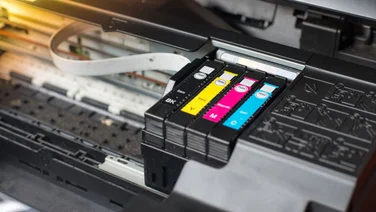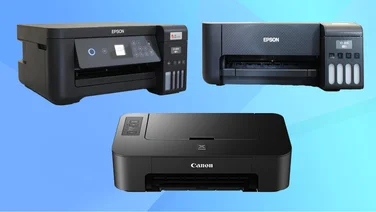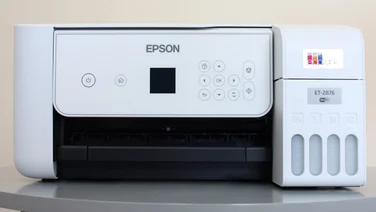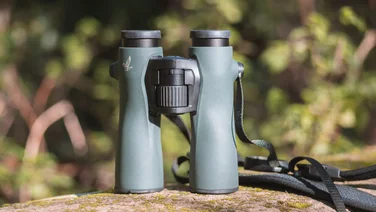To help us provide you with free impartial advice, we may earn a commission if you buy through links on our site. Learn more

For years we’ve longed for a compact digital camera with image quality to rival that of SLRs.
Suddenly it seems we’re spoiled for choice. Some models cram an SLR sensor into a small body, but Canon’s S90 takes a less radical approach, with a wide-aperture lens to capture lots of light.
At 175g, it’s no heavier or bulkier than a typical compact camera. The sleek design looks great, and we love the way the motorised flash glides up and down like pop-up headlights. However, the camera’s featureless front provides nothing to grip, and we were nervous of dropping it. We strongly recommend using the supplied wrist strap.
The lens is the obvious highlight of this camera, with its f/2 aperture capturing twice as much light as f/2.8 lenses. However, credit also goes to the 1/1.7in, 10-megapixel sensor, which is designed for low noise rather than a headline-grabbing megapixel rating.
The 3in screen has a 460,000-dot resolution – double that of most cameras’ displays. There are two dials for adjusting settings quickly, one of which encircles the navigation pad while the other surrounds the lens. The navigation pad is pretty cramped, though, and we struggled to press the centre button accurately.
It has the full complement of manual exposure controls, plus SLR-style colour presets for tweaking contrast, saturation and a range of other options. Exposure and focus bracketing are included, and you can even fine-tune white balance presets.
The camera’s RAW mode and bundled software allow users to play with image settings after downloading the photos on their PCs. The HDMI socket allows for high-definition slideshows on a suitably equipped TV, but the lack of HD video capture is a big letdown. Video quality is excellent but the resolution is limited to 640×480 pixels.
Anyone who’s used to an SLR is likely to be disappointed by the S90’s performance. Speeds of 2.9 seconds between shots and 0.9fps continuous shooting are below average compared with entry-level models, and not what we expect at this price. Battery life is poor at 220 shots, but that’s the price you pay for a slim camera with a 3in screen.
The S90 fared considerably better in our image quality tests. Automatic modes evaluated scenes impeccably, and balanced exposure settings to minimise blur and noise. Sunlit shots were hard to distinguish from SLR cameras’ output, with sharp details into the corners of frames and smooth, natural colours. Images taken in low light were even more impressive, with noise levels at ISO 1600 barely higher than from SLR cameras.
Close inspection revealed that the S90’s noise reduction was discarding lots of detail to achieve these subjectively clean shots. However, given that its f/2 lens gathers three times as much light as an f/3.5 lens typically bundled with SLR cameras, it’s fair to compare an SLR at ISO 1600 with the S90 at ISO 500. In this test, the S90 outperformed some entry-level SLRs.
The S90 is impressive, but it also bears an uncanny resemblance to Panasonic’s Lumix DMC-LX3. Both have f/2 lenses, 3in displays with 460,000-dots, comprehensive manual controls and 10-megapixel sensors that excel in low light.
The LX3’s high-ISO shots were a little noisier but preserved a lot more detail. Comparing their RAW output, there was little to choose between them, but the Panasonic took a small lead for sharpness and colour fidelity.
Choosing between the two is more about the differences in their features. The LX3 is heavier and lacks an HDMI output, and its 24-60mm lens gives a meagre 2.5x zoom range. However, it’s much more responsive and comfortable to use than the S90, it includes an accessory shoe and records 720p HD video.
Perhaps most significantly, its lens is brighter throughout its zoom range, with an f/2.8 aperture at 60mm. The S90 manages only f/3.5 at 60mm, while f/4.9 at the full 105mm telephoto end is no better than the average compact camera. Some will prefer the Canon’s softer but cleaner low-light images, but for us the LX3 is a better choice.





